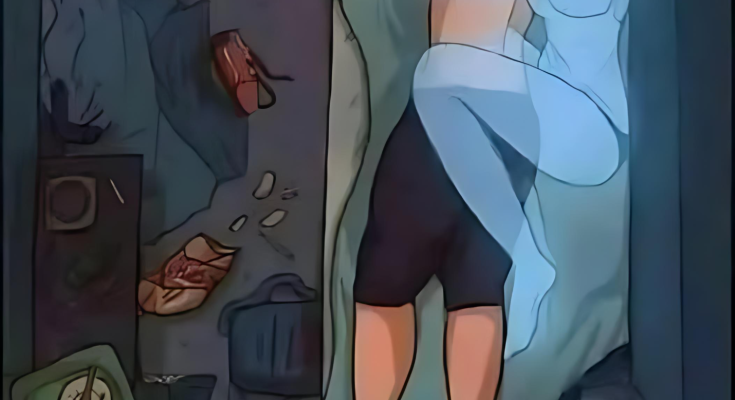Waking up feeling refreshed after a full night’s sleep — no interruptions, no tossing and turning — might sound like a luxury these days. But in truth, uninterrupted sleep is essential if you want to feel fully energized and productive the next day.
Yet for many, sleep is anything but seamless. You go to bed at a reasonable hour, expecting rest… only to find yourself wide awake between 3:00 and 5:00 AM, staring at the ceiling in frustration. Sound familiar?
You’re not alone — and it’s not just bad luck.
In fact, waking up during this specific window has a deeper significance, one that’s been explored by science, folklore, and even film.
These early morning hours are sometimes called “the hour of the wolf,” a term made famous by Swedish director Ingmar Bergman in his haunting psychological drama. In the film, Bergman described it as:
“The hour between night and dawn … when most people die, sleep is deepest, nightmares are most real. It is the hour when the sleepless are haunted by their worst anguish, when ghosts and demons are most powerful. The hour of the wolf is also the hour when most babies are born.”
The phrase has roots in Swedish folklore, where the hours between 3:00 and 5:00 AM were believed to be when the veil between worlds was thinnest — when fears come alive, and both physical and spiritual vulnerabilities peak.
According to Professor Birgitta Steene, a renowned expert on Bergman, the “hour of the wolf” isn’t just poetic — it reflects the cultural and psychological weight these hours carry.
So, if you find yourself waking up night after night during this eerie window, you’re not imagining things. Whether it’s your body trying to signal something, your mind processing deep emotions, or simply a response to stress — there’s more to it than just a random blip in your sleep cycle.
The Mysterious Power of the 3–5 AM Window
This early morning window — between 3:00 and 5:00 AM — has long held a strange reputation. It’s a time linked to extremes: more people are said to die during these hours, and more babies are born. But what makes this sliver of night so uniquely intense?
Physiologically, it’s when your body enters its deepest phase of rest. Your core temperature drops, blood pressure dips, and your metabolism slows to its lowest point — all part of the natural circadian rhythm, the internal clock that mirrors the rising and setting of the sun.
Yet this same phase of deep rest can be a vulnerable one.
For those who struggle with anxiety, this is often when symptoms spike — even in your sleep. Around 4:00 AM, the body is at its weakest physiologically, and if your nervous system is already on edge, that dip in stability can trigger wakefulness, racing thoughts, or even panic.
This is why, for many, waking up during this window is accompanied by a sense of unease — even dread.
Witching Hour or Hour of the Wolf?
Across cultures and centuries, this time of night has also been steeped in myth and superstition.
Often called the “witching hour” or “devil’s hour,” this period was believed to be when supernatural forces roamed freely. Witches, demons, and restless spirits were thought to be at their most powerful — unseen, but deeply felt.
In Swedish folklore, this eerie period is known as the Hour of the Wolf — a name that captures both the primal fear and emotional turbulence people experience during these hours. For those who sleep soundly, it’s a time of profound rest. But for the restless, it marks a confrontation with inner demons, fears, and unprocessed emotions.
So if you find yourself repeatedly waking between 3 and 5 AM, it may not be random. Whether it’s biology, anxiety, or something more mysterious — your body and mind are responding to a very real, very potent moment in the night.



